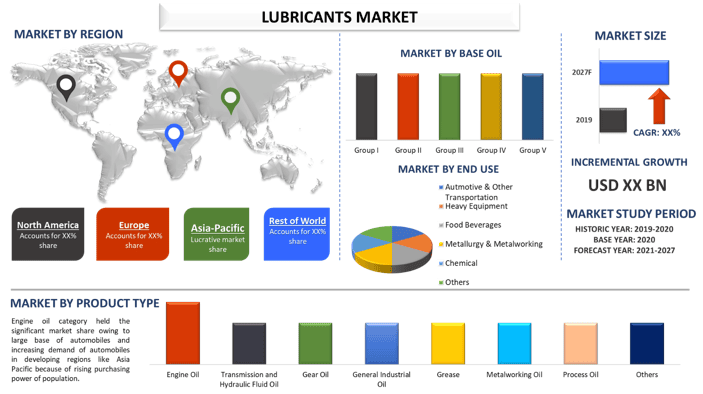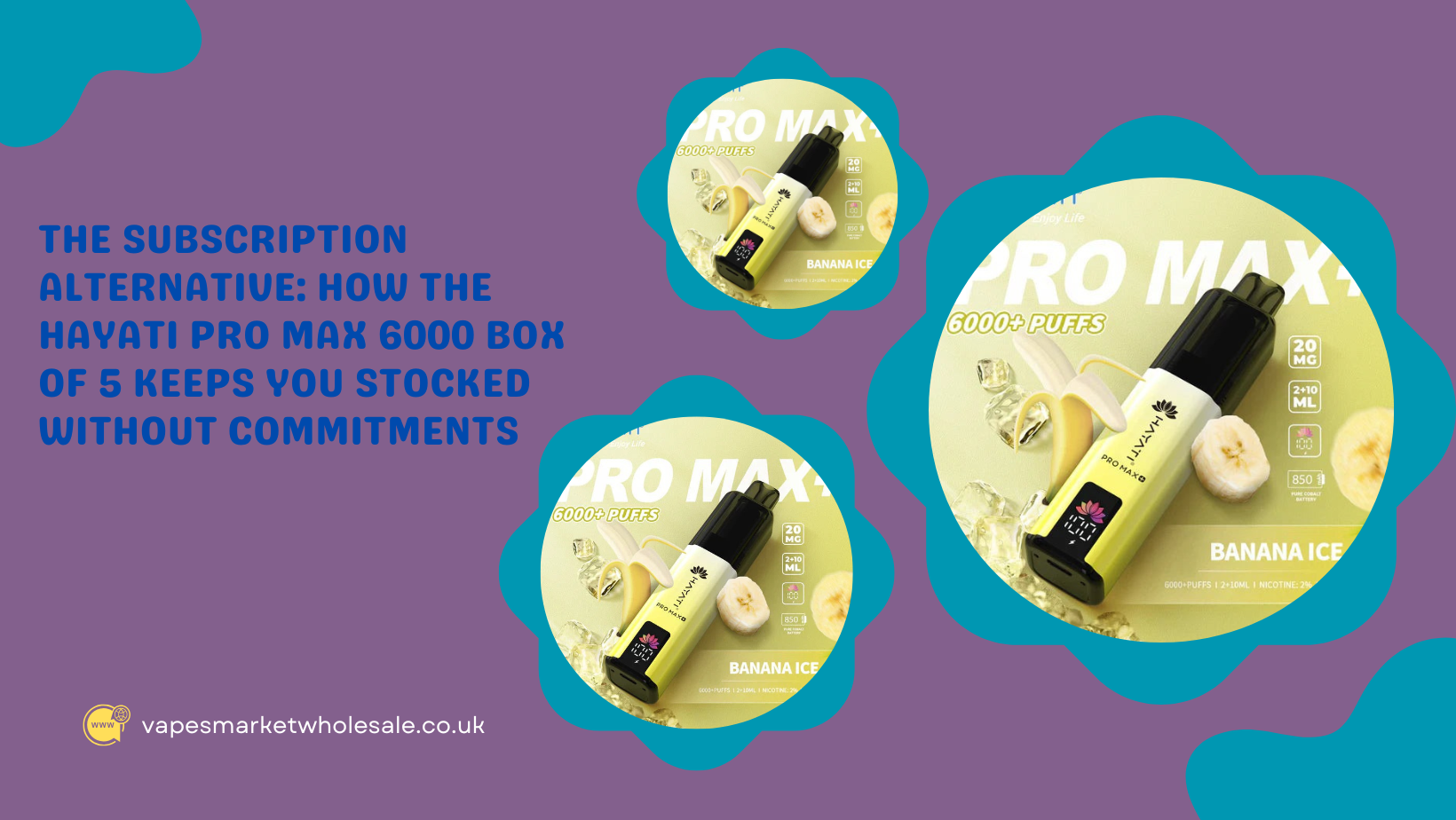Lubricants Market Report, Size, Growth, Trends & Forecast 2027

Lubricants Market was estimated to be around US$ 135 billion in 2020 and is anticipated to display a CAGR of ~ 2% over the forecast period 2021-2027
The lubricants market is on track for steady growth, fueled by rapid industrialization, the increasing mechanization of agriculture, and rising demand in the automotive sector. As economies grow, particularly in developing countries, the need for lubricants is expected to expand across various industries, including automotive, manufacturing, and agriculture. This market is projected to grow at a compound annual growth rate (CAGR) of around 2% from 2021 to 2027.
Key Drivers of Growth
Industrialization in Emerging Economies
As countries like China, India, Brazil, and Mexico continue to industrialize, the demand for lubricants is increasing across heavy machinery, manufacturing, and agriculture sectors. For example, India’s farm mechanization is still growing, and as it catches up with countries like the US and Brazil, the demand for lubricants in the agricultural sector will rise significantly.
Rising Automotive Production
The automotive sector remains a primary driver for the lubricants market. Countries in the Asia-Pacific region, such as China, India, and Japan, are some of the world’s largest car manufacturers. Despite a dip in automotive production during the pandemic, the long-term outlook for the automotive sector remains strong, with more consumers in developing nations opting for vehicles due to higher purchasing power.
Electric Vehicles (EVs) and Government Initiatives
Government initiatives promoting electric vehicle adoption also create opportunities for lubricant manufacturers. Companies are already responding to this trend by launching specialized products for electric and hybrid vehicles. For example, in 2021, Gulf Oil and S-Oil launched lubricant ranges specifically for electric vehicles (EVs), recognizing the growing need for performance-enhancing fluids in this emerging sector.
Base Oil Segmentation: Group II and III Lead the Way
The lubricants market is segmented by base oil type, with Group II base oils leading the market share due to their high efficiency and low emissions compared to Group I oils. However, Group III oils are expected to see the fastest growth during the forecast period. This is due to their superior fuel efficiency, cleaner performance, and environmentally friendly properties, making them increasingly preferred in various industries.
Access sample report (including graphs, charts, and figures): https://univdatos.com/reports/lubricants-market?popup=report-enquiry
Product Types Driving Market Growth
Lubricants are categorized into several product types, including engine oil, industrial oils, metalworking fluids, grease, and hydraulic fluids. Among these, engine oils dominate the market, driven by the increasing number of vehicles on the road. As governments enforce stricter emissions regulations, the need for high-performance engine oils that reduce wear and tear, improve fuel efficiency, and minimize emissions will continue to boost the market.
End-Use Industries: Automotive and Industrial Dominance
The automotive sector remains the largest end-user of lubricants, thanks to the booming automotive markets in Asia-Pacific and the growing number of vehicles globally. Additionally, sectors like heavy equipment, food & beverages, and metalworking also account for a significant share of lubricant consumption. As the demand for industrial machinery and vehicle fleet maintenance rises, so will the demand for specialized industrial lubricants, such as metalworking fluids and grease.
Asia-Pacific: Market Leader
Asia-Pacific holds the largest share of the global lubricants market, driven by robust industrial output and a growing automotive sector. Countries like China, Japan, and India are not only the world’s largest producers of automobiles but also lead in metal production, especially steel and aluminum. Consequently, there is a high demand for metalworking fluids in the region, further bolstering the lubricants market.
Click here to view the Report Description & TOC: https://univdatos.com/reports/lubricants-market
Environmental Regulations and Sustainability
In response to tightening environmental regulations, lubricants are becoming increasingly advanced, with a growing focus on sustainability. Lubricants reduce friction, improve machinery performance, and ultimately contribute to lower fuel consumption and reduced emissions. This makes them essential for industries striving to meet net-zero emission targets and adhere to strict fuel consumption norms.
Competitive Landscape
The global lubricants market is highly competitive, with major players such as Chevron Corporation, BP Plc, Royal Dutch Shell, and TotalEnergies leading the market. These companies are investing heavily in research and development to create higher-quality, more efficient lubricants. Furthermore, strategic mergers, acquisitions, and partnerships are helping companies strengthen their market presence. For instance, Saudi Aramco launched a new line of lubricants in December 2021, marking its entry into the domestic lubricants market.
Conclusion
The lubricants market is poised for moderate but consistent growth, with significant opportunities in emerging economies and the automotive sector. As industries become more industrialized and consumer demand for automobiles continues to rise, the lubricants market will see an uptick in demand for both automotive and industrial lubricants. In particular, the shift towards electric vehicles and environmentally friendly products will shape the market’s future trajectory. With a large base of global and regional players, the market is expected to remain competitive, with technological advancements and strategic partnerships paving the way for continued innovation.
Contact Us:
UnivDatos
Email: contact@univdatos.com
Contact no: +1 978 7330253
Website: www.univdatos.com
Bottom of Form








